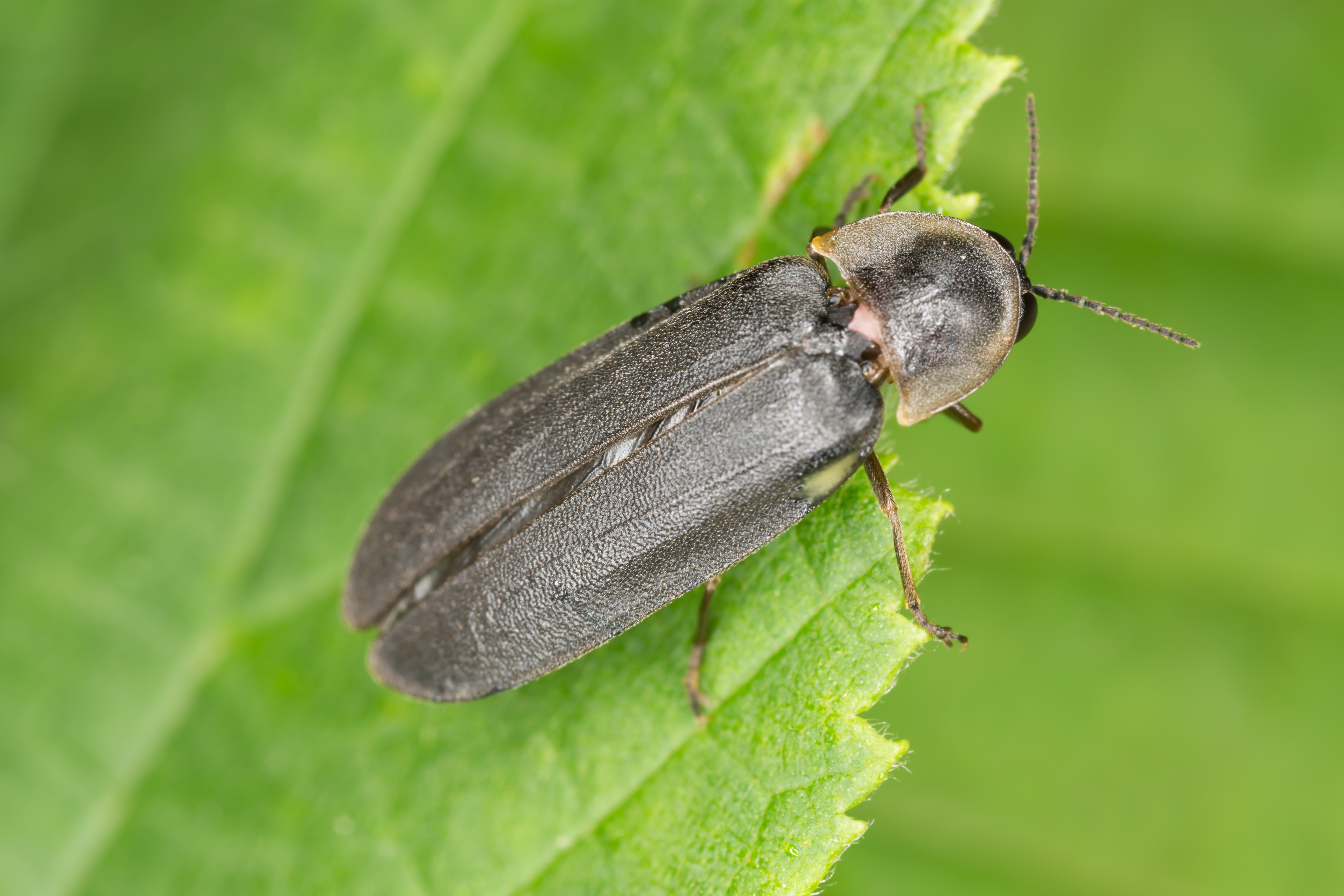Naturalist: Fireflies Could Disappear Within Decades

Naturalist Mikołaj Siemaszko warned in an interview with PAP that the current generation may be the last to know fireflies. In recent decades, their populations have declined by 30-70 percent, depending on the region.
Until recently, the characteristic greenish light emitted by fireflies could be seen almost everywhere on warm summer evenings: in meadows, in parks and gardens, on the edges of forests. Today, naturalists are increasingly sounding the alarm that fireflies are disappearing.
"Currently, they can only be observed in spots. If the current rate of decline in their numbers continues, they may practically disappear within a few decades," Mikołaj Siemaszko told PAP.
He added that human activity is responsible for this, primarily the destruction of insect habitats and light pollution at night.
Fireflies, also known as glowworms, are beetles from the family Lampyridae . As their name suggests, they can emit light. This phenomenon is called bioluminescence and is the result of a chemical reaction between luciferin and the enzyme luciferase in the presence of oxygen.
Such natural glowing mainly serves a reproductive function - in most species of fireflies, the female attracts the male in this way. "Light pollution - e.g. decorative garden lights or bulbs on facades - causes males to mistakenly head towards the lamps instead of flying to the females, losing the chance to find a partner. This directly affects their reproduction," Siemaszko explained.
There are three species of fireflies in Poland: the most common, the St. John's Firefly ( Lampyris noctiluca ), and the rarer St. John's Firefly ( Lamprohiza splendidula ) and the Firefly ( Phosphaenus hemipterus ). The decline in numbers affects all of them.
"Depending on the region, it is from 30 to even 70 percent. Unfortunately, scientific data is quite scarce, because few researchers in Poland deal with these insects," the naturalist noted.
Despite this, the causes of the poor condition of fireflies are well known. In addition to too much artificial light at night, drastic loss of habitat is also harmful to them.
"They need wet meadows, forest edges and wild gardens, i.e. natural places, as little changed by humans as possible, unmown. Unfortunately, many such wastelands have been transformed for development or are intensively mowed and drained," said Mikołaj Siemaszko.
The third factor threatening fireflies is the chemicalization of the environment. "Insecticides are used in agriculture and in home gardens, but they do not act selectively, but affect all insects. Preparations for mosquitoes or aphids also kill fireflies and their larvae, and in fact devastate entire local ecosystems," the expert added.

In his opinion, it is highly probable that if nothing changes, our generation may be the last to know about fireflies. That is why it is worth trying to improve their situation.
"We can limit night lighting around our homes: turn off unnecessary lights or use those with motion sensors instead of those that are constantly on. Let's not put up decorative lights, let's use warm lighting colors instead of cold ones. In addition, it is worth leaving unmown parts of the garden, which are valuable not only for fireflies, but also butterflies, wild bees and many other species of insects. Let's not dry out damp places, because fireflies like moisture. And finally - let's limit the use of chemicals: herbicides, pesticides and artificial fertilizers," Siemaszko listed.
The naturalist pointed out that the decreasing number of fireflies is a phenomenon noted outside Poland, resulting from the same factors. This decrease is part of the general trend of reducing the population of many groups of insects, including wild bees and butterflies. It is estimated that in Poland about half of the species of wild bees are rare or endangered.
Science in Poland, Katarzyna Czechowicz (PAP)
cap/ agt/ jpn/
The PAP Foundation permits free reprinting of articles from the Nauka w Polsce Service, provided that you inform us by e-mail once a month about the use of the service and provide the source of the article. In portals and internet services, please include the linked address: Source: naukawpolsce.pl, and in journals the annotation: Source: Nauka w Polsce Service - naukawpolsce.pl. The above permission does not apply to: information from the "World" category and any photographs and video materials.
naukawpolsce.pl





